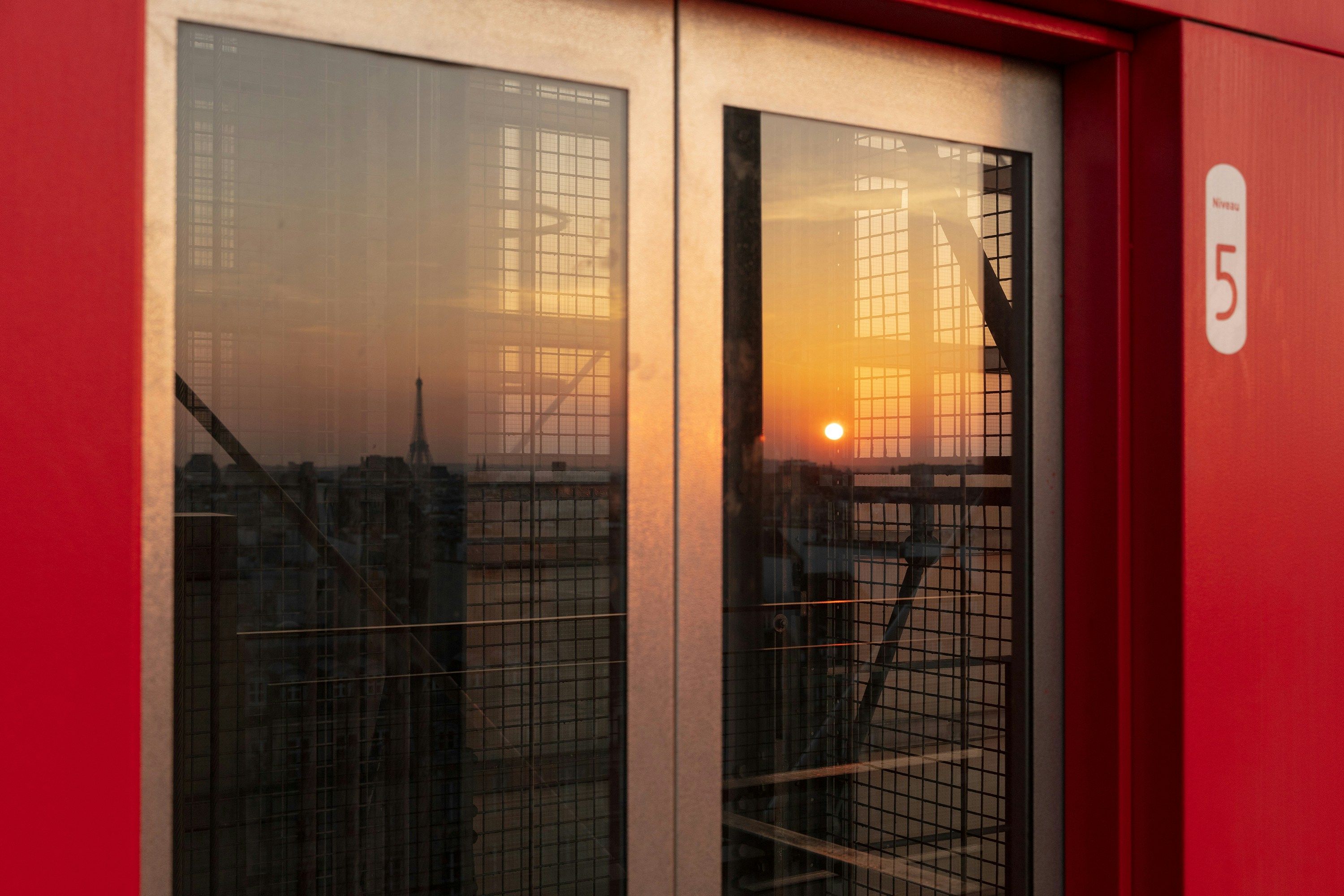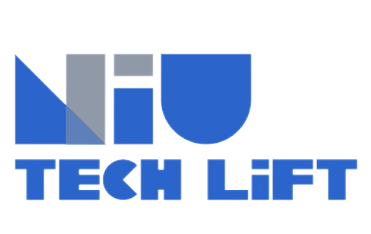
Those Elevator Designs Quietly Transforming Urban Life
In the fast-paced rhythm of today’s cities, some transformations are loud and visible—skyscrapers rising, subways expanding—but others work quietly in the background, shaping lives floor by floor. One such force? Elevators.
From once being considered a luxury in premium buildings to becoming a fundamental necessity in urban development, elevators have evolved into key infrastructure that not only connects spaces but also bridges social gaps. As cities strive to become smarter, greener, and more inclusive, elevator design is undergoing a quiet revolution—changing how we move, live, and age in the vertical cities of tomorrow.
From Luxury to Livelihood: The Democratization of Elevators
In China, as in many parts of the world, elevators were once limited to high-end hotels and corporate towers. Just a few decades ago, the idea of riding a lift in a residential building was a novelty for most urban dwellers. But as urbanization surged and vertical living became the norm, elevators transformed into a basic public necessity. Today, an elevator isn’t just about convenience—it’s about dignity, accessibility, and inclusion.
Older citizens, once confined to their apartments by staircases too steep to manage, now regain access to parks, friends, and daily routines—thanks to retrofitted elevators in older buildings. What used to be a barrier has become a bridge to independence.
Inclusive Design: A New Standard for Urban Mobility
At the heart of these changes is the rise of inclusive design—the principle of creating spaces and products that serve people of all ages, physical conditions, and cultural backgrounds.
Modern elevators are now engineered with features like:
- Slow-closing doors to prevent accidents for elderly users
- Antibacterial button panels for improved hygiene
- Voice-command systems for users with limited mobility or vision
- Smooth lighting and quiet operation for a more relaxing ride experience
These upgrades may seem subtle, but their impact is significant. The elevator is no longer just a metal box—it’s a personal, shared, and even emotional space. For busy professionals, it's a rare moment of calm. For the elderly, it's a path to social connection. For parents, it's a safety feature that helps them navigate urban life with children.
Rethinking Cities: The Role of Elevators in Urban Renewal
As cities grapple with aging infrastructure and growing populations, elevators are emerging as a central pillar in urban renewal strategies. From high-density residential blocks to mixed-use developments, vertical transport systems are being reimagined to maximize space and support sustainability goals.
Cities like Nanjing and Shenzhen are already incorporating elevators into public housing upgrades, community centers, and even parks. Smart solutions such as app-based call systems and energy-efficient lift motors are becoming standard, ensuring a seamless experience while minimizing the ecological footprint.
This shift isn’t just a trend—it’s a necessity. With the global population aging rapidly, elevators must adapt to be usable by everyone. Niutech Lift, a leading Chinese elevator supplier, is proud to be at the forefront of this movement.
Niutech Lift: Elevators Designed for Everyone
At Niutech Lift, we believe elevators are more than just machines—they’re enablers of better lives. With years of expertise in elevator manufacturing and customization, we are committed to delivering products that not only meet technical requirements but also align with human values.
Whether it’s freight elevators for commercial spaces, stylish villa lifts for private homes, or inclusive passenger elevators for public housing projects, Niutech Lift ensures that every solution is tailored, safe, reliable, and future-ready.
By integrating advanced technology with human-centered design, we help communities become more accessible and equitable—one building at a time.
In Summary
Elevator design is no longer just a matter of engineering—it’s a silent, powerful force in building inclusive, resilient, and humane cities. As this quiet revolution continues, companies like Niutech Lift are leading the way with thoughtful, future-proof innovations that elevate more than just people—they elevate lives.
